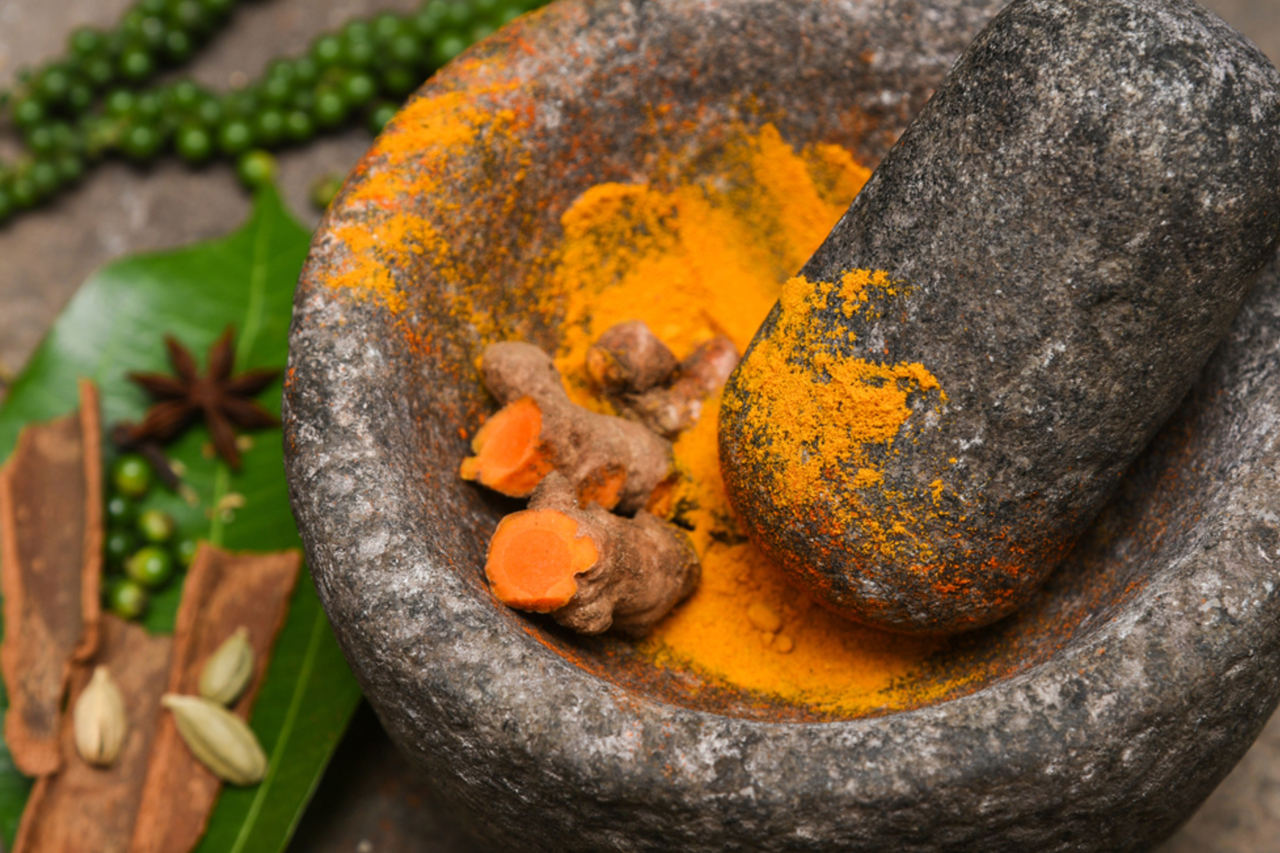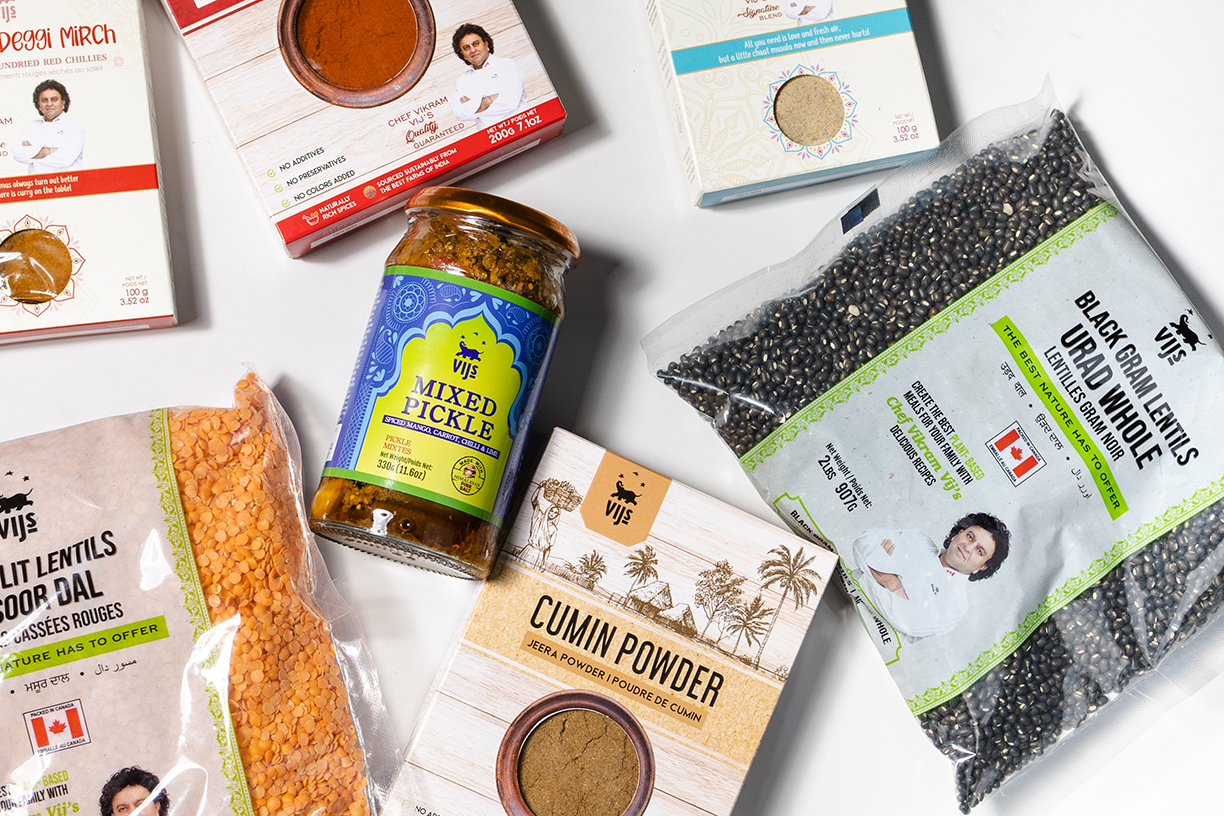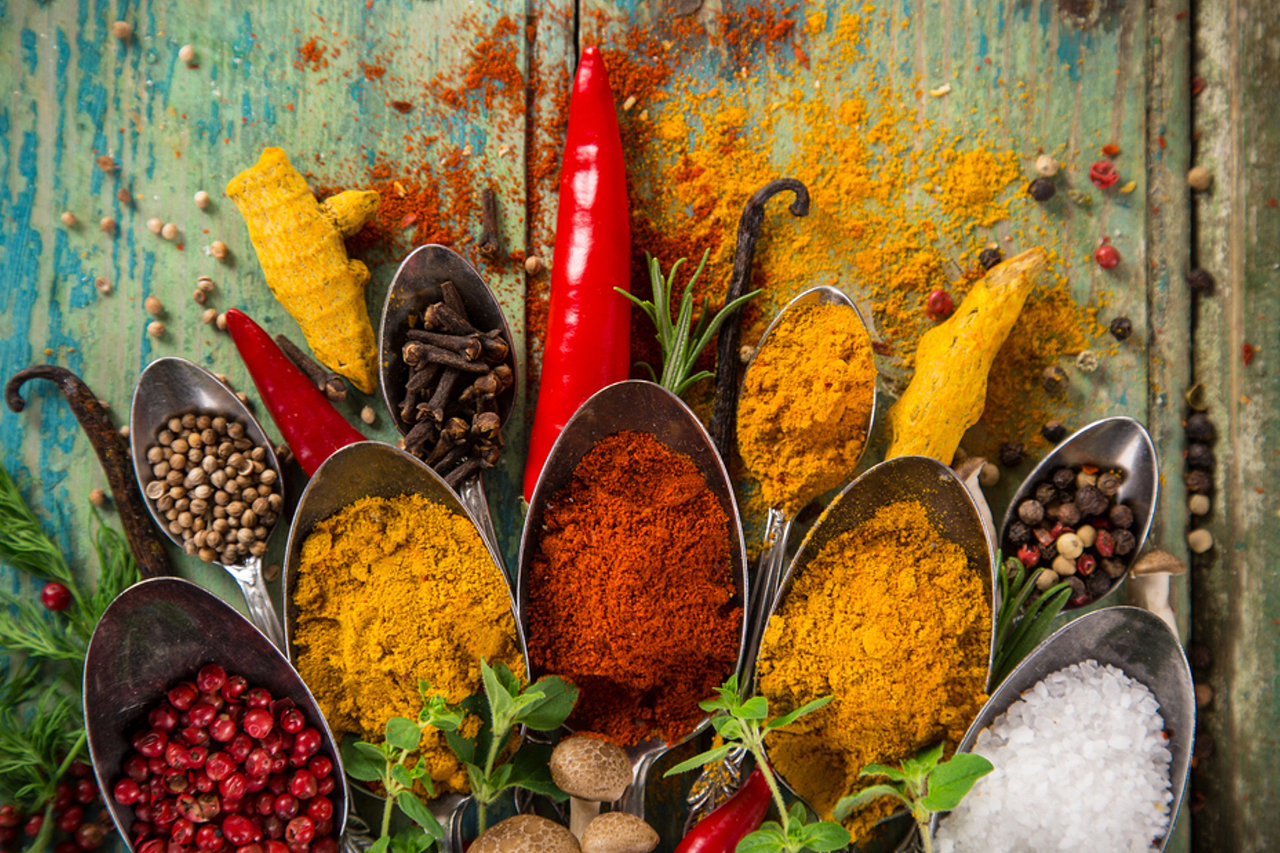Today, no Indian dish can do without red chillies. However, it is interesting to note that chillies arrived in India only with the advent of Portuguese in the 17 th century. Till then (and even today) black pepper ruled the roost and even today, black pepper is an essential spice, particularly in the cuisine of Kerala. Though native to India, black pepper is far more expensive compared with red chillies. Anyway, in terms of cost, saffron undoubtedly is the most expensive spice and the most treasured for royal curries and for sweets.
Spice trades and wars
While tropical nations like India, parts of Middle-East, Africa and the South East Asian belt enjoyed the use of spices since thousands of years, it was the European expeditions led by the Portuguese, Dutch, British and French that
brought spices into the limelight in the 15 th century.
Spices also started wars as countries battled for control of spices and of territories that grew these spices. Vasco da Gama reached Calicut in 1498, ostensibly to establish trade in spices but they found it expedient to establish
a stronghold, which they did in Goa around the 1530s. It was a good thing the Portuguese arrived here because they brought with them spices native to South America.
Pre-biblical times
Take a wide angle view of the timeline and telescope to pre-Biblical times. Spices were popular even then, about 17 th century BC, for cooking, to embalm the dead, for religious offerings and for medicine. The Queen Sheba offered a gift of spices to King Solomon around 1000 BC and spices in those times comprising of dill, cumin and mint, were far more precious than gold.
Egyptians
The Egyptians were adept in the use of spices such as cardamom, cinnamon, caraway, coriander, fennel, garlic, onion, peppermint, poppy and garlic as far back as 1500BC. These spices were used in food, for medicines and for embalming.
China Connection
The use of spices in China goes back to 2700 BC. The spice Kwei, similar to cinnamon, was quite popular along with a host of herbs and spices including nutmeg and cloves as well as ginger sourced from various countries in the South East of Asia.
Mesopotamia
The Mesopotamian civilization used spices such as thyme, sesame, cardamom, turmeric, saffron, cumin, anise, silphium, dill and myrrh. The Babylonians cultivated spices and offered them to Gods. They even extracted essential oils from lilies, coriander, saffron and roses.
India
India has a no less rich history of spices involving ustard, black pepper, cinnamon, turmeric and cardamom. These were used to flavor foods, as preservatives and as medication in ayurveda. Sushruta and Charaka systemically used herbs and spices for medicinal purposes.
Greece and Rome
The Greeks did not lag behind in the use of spices such as pepper, cassia, cinnamon, ginger as well as caraway, poppy seeds, fennel, coriander and garlic for cooking and medicines. Hippocrates wrote about spices around 460 BC and Theophrastus wrote two books covering 600 spices and herbs. Later, around AD 40 to 90, the Greek physician Dioscorides wrote the De Materia Medica, a treatise that would be in use for over 1500 years. Later on, the Romans too made extensive use of spices for food, for perfumes, body lotions and balms.
It is interesting to note that most of the spices such as black pepper, cinnamon, turmeric and cardamom made their way to Europe via the Middle East and through the Arabian traders. In Medieval Europe, saffron was extremely expensive and black pepper was even used as currency to pay taxes and tolls and for dowry!




0 Comments